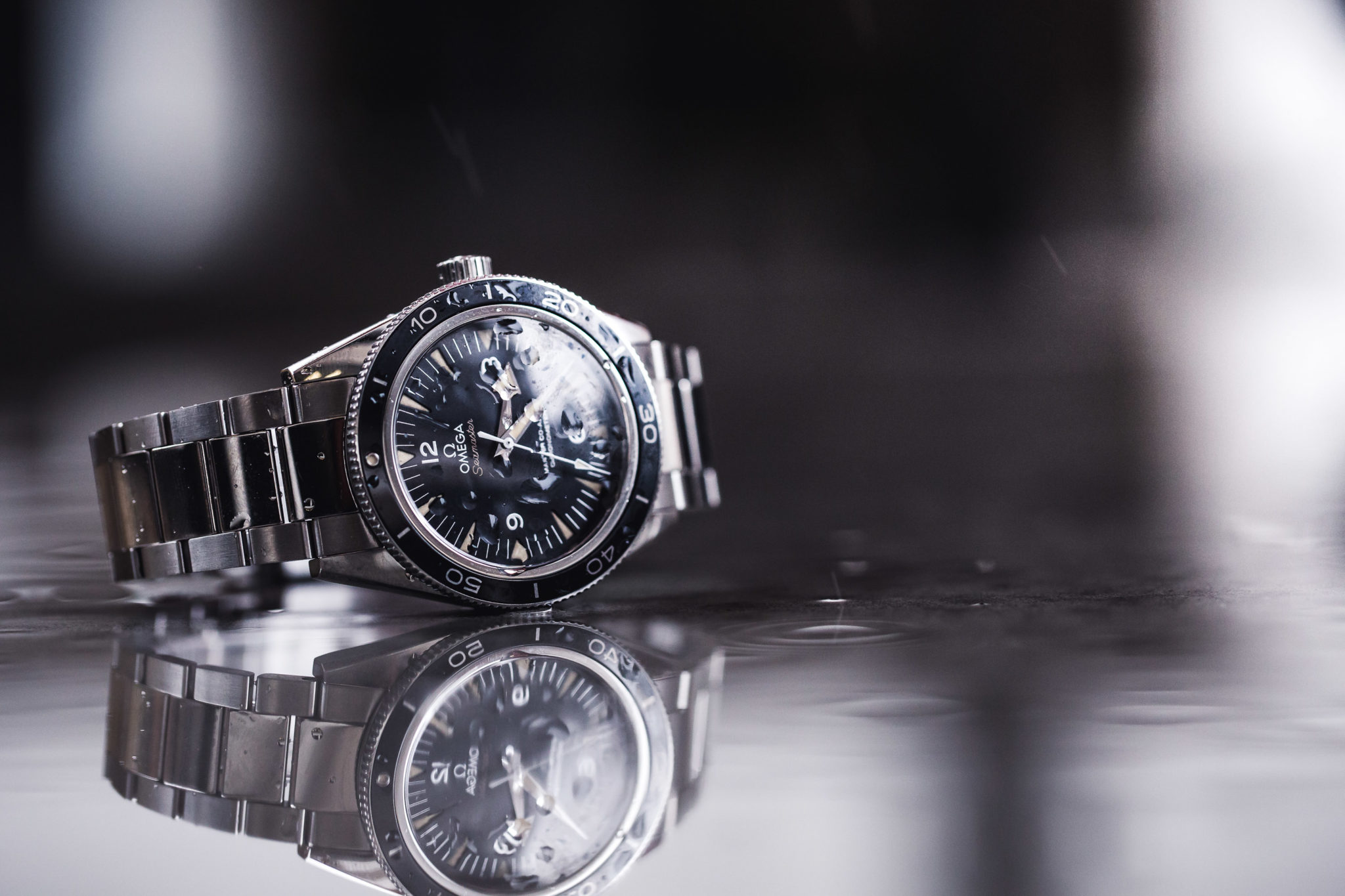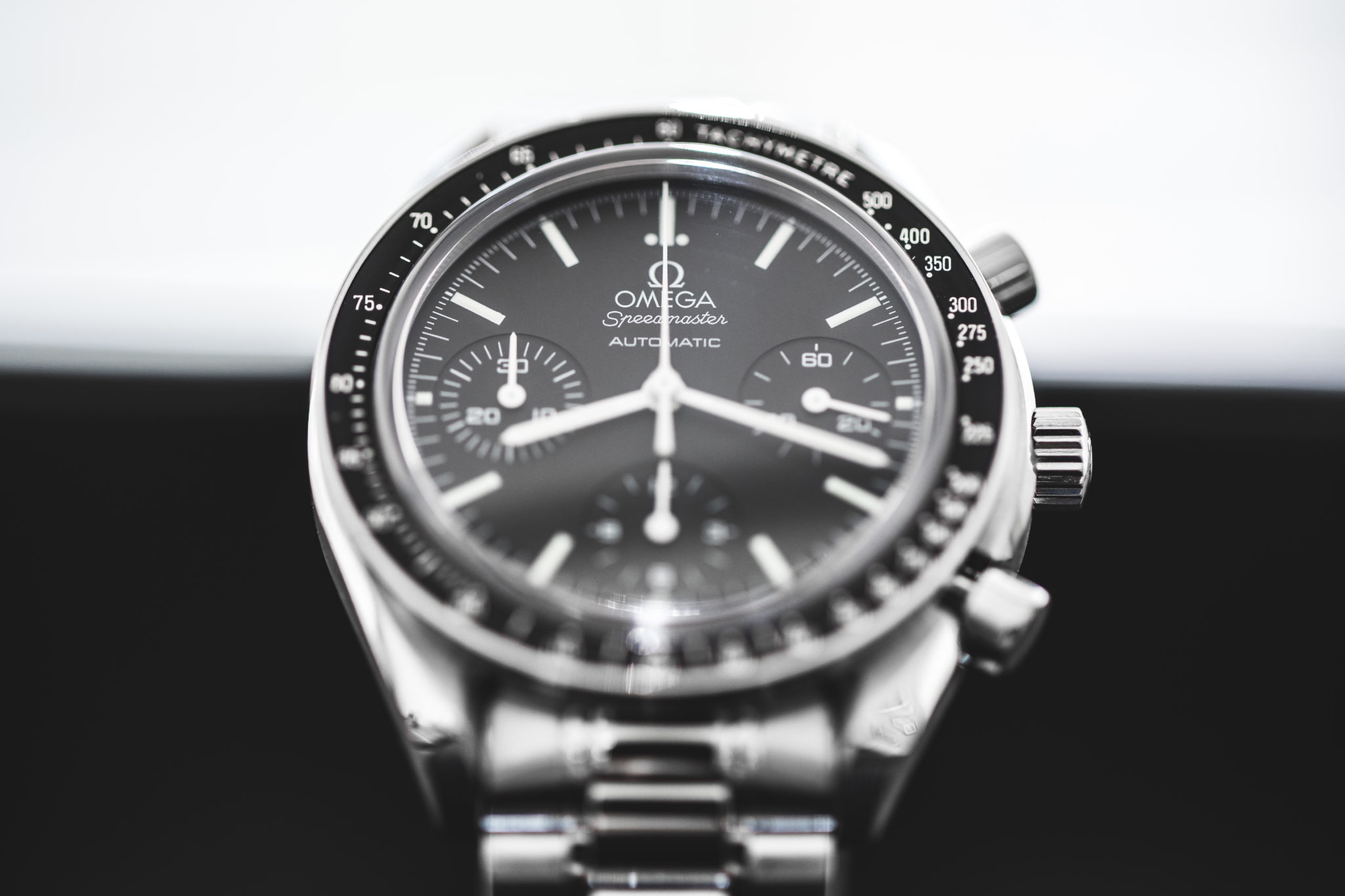TAG Heuer vs. OMEGA: Finding the Right Brand for You
Omega and TAG Heuer are two of the most recognizable and sought after watch brands in the world. Although their timepieces are unique in their own right, their stories closely follow each other. They both began in the mid-1860’s with two men in their respective workshops in Switzerland. One in Saint-Imier and one in La Chaux de Fonds. After 30 years of practicing their crafts, both founders passed away, leaving the fates of their businesses in the hands of their family members.
The Early Years
Both Louis Brandt’s and Eduoard Heuer’s heirs were eager to build upon their work. In the early 1900’s, Omega and Heuer began establishing their now famous partnerships with key industries. Omega started to build their relationship with global sporting events, serving as the official timekeeper and helping to expand their distribution to six continents. Heuer filed an important patent for the first dashboard chronograph, which sparked their relationship with the automobile and airline industries.

The brands continued to develop these crucial partnerships into the 1930’s. In 1932, Omega served as the official timekeeper for the Olympic Games for the first time, and in 1933, Heuer introduced a dashboard instrument for automobiles and planes called the Autavia, which would later inspire the design for one of their wristwatches.
Midcentury
In the 1940’s, both brands began to shift their focus to wristwatches. 1948 was a key year for each of the powerhouse watchmakers. In conjunction with the brand’s 100th anniversary, Omega released the first edition of one of their most iconic watches: the Seamaster. At the same time, Heuer began rolling out a series of wristwatches, first the Auto-Graph, a wrist chronograph with a tachometer scale and manual reference hand, then the Solunar, the first watch with a tide indicator, and finally the Seafarer, the world’s first chronograph with both a tide indicator and dial for regattas.

By the 1960’s, the world was focused on the space race and so were watchmakers. Both Omega and Heuer were eager for their timepieces to be the first to travel out of this world. In 1962, both brands made it to outer space. John Glenn made the first American space flight with a Heuer stopwatch on his wrist. Then, Wally Schirra wore an Omega Speedmaster on his Mercury Sigma 7 mission. Although Heuer was the first Swiss watchmaker to enter space, Omega established a lasting relationship with NASA. The Speedmaster would become the official chronograph for space missions, and to this day, Omega continues to work with space programs around the world.

The Later Years
The next few decades marked a time of celebrity endorsements for the two brands. The Heuer Monaco was made popular by the prominent actor and racing legend Steve McQueen, who wore the chronograph in the film Le Mans. Omega became the official watch of James Bond after appearing on the wrist of Pierce Brosnan in GoldenEye. The 1980’s also mark a significant time for the Heuer brand. In 1985, they were acquired by Techniques d’Avant Garde and officially became TAG Heuer.
![]()
It’s remarkable how closely the histories of the two brands mirror each other. With such similar stories, it’s not surprising that both Omega and TAG Heuer remain two of the most recognizable and respected watch brands in the world.
Get More Articles Like This in Your Inbox
We're constantly creating great content like this. So, why not get it delivered directly to your inbox? By subscribing you agree to our Privacy Policy but you can unsubscribe at any time.






